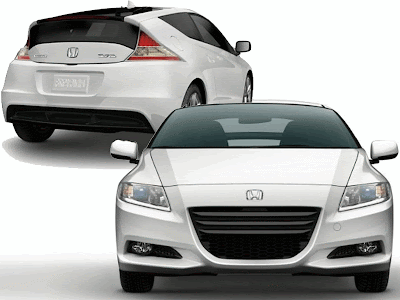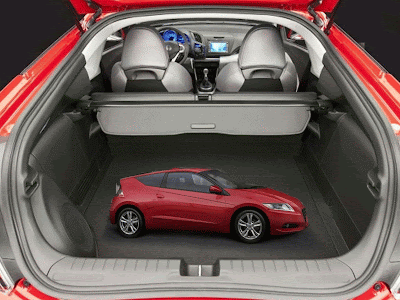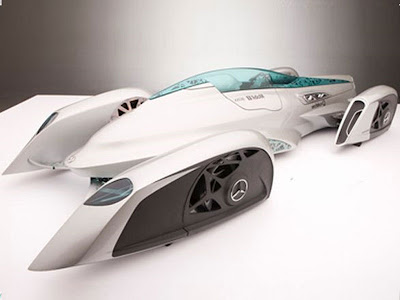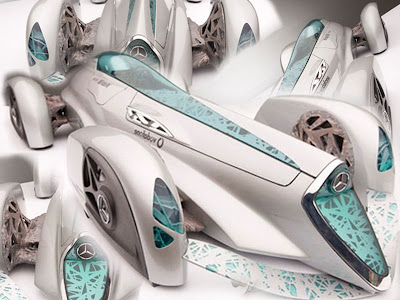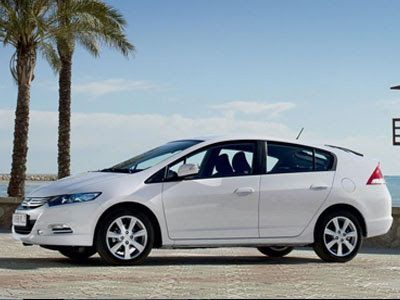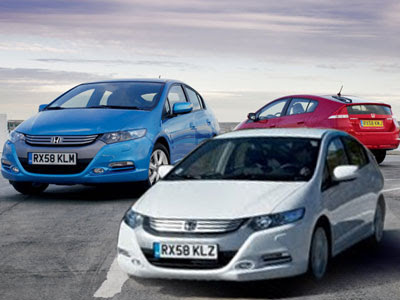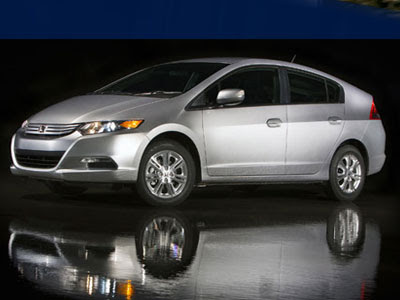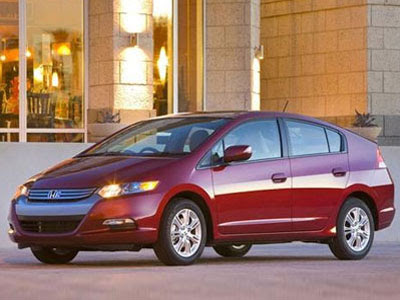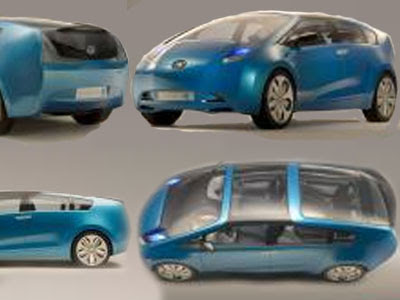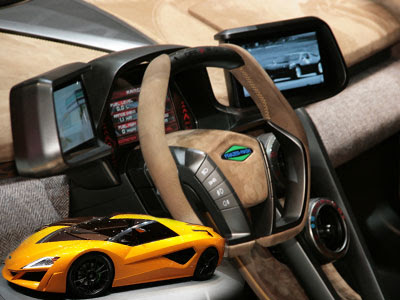The hard top echoes the feel of this intense, high-tech assembly: It uses preformed profile technology derived from the world of sailing. It blends with the body, creating the illusion of a Coupé. The Peugeot SR1, however, radiates the same visual strength, with or without the hard top. Finally, the Peugeot SR1 Concept displays the new Peugeot Lion badge. Redesigned, finely worked and sculpted, it mirrors perfectly the perception of the vehicle as a whole.
2010 Peugeot Sports Coupe SR1 Concept
Overall the Peugeot SR1 concept car gives the impression it has been carved from a solid block of material, monolithic, protective, sculptural and dynamic. At every moment it makes a great play on contrasts: purity and technological sophistication, authenticity and advanced technologies, expressiveness and understatement. making it a car that is quite simply. desirable!
2010 Peugeot Sports Coupe SR1 Concept
The interior ambience blends colours and materials, with strong references to "a past motoring era" combined with "the latest advanced technology". Inside the vehicle, patinated leather and different grained wood are examples of the use of authentic and natural materials, warm, sensual and charged with history, that blend seamlessly with, "high tech" materials such as nickel and satin-finished chrome.
2010 Peugeot Sports Coupe SR1 Concept
The Peugeot SR1 Concept also blends styles in terms of its technical characteristics. For example, it incorporates HYbrid4 technology, which will be launched in the Peugeot 3008 in 2011. In the Peugeot SR1, at the front, a 1.6 litre THP petrol engine with a power of 160 kW (218 bhp), is combined with a rear electric motor developing 70 kW (95 bhp). In electric only mode, the car becomes a ZEV (Zero Emission Vehicle), while its combined cycle fuel consumption is only 4.9 litres/100 km or 119 g/km of CO2. When the two powertrains operate simultaneously, the SR1 develops a potential maximum power of 230 kW (313 bhp) and also benefits from 4-wheel drive.
2010 Peugeot Sports Coupe SR1 Concept
Using HYbrid4 technology, which will eventually become available on different models in the Peugeot range, the SR1 concept offers convincing proof that driving pleasure can be combined with environmental friendliness.
The vehicle’s dynamic efficiency is enhanced by the use of a rigid, lightweight structure comprising of a one-piece body and a tubular chassis onto which are mounted the mechanical components and suspension, which consists of double wishbones with drop links both at the front and the rear.
2010 Peugeot Sports Coupe SR1 Concept
For even greater driving precision, the Peugeot SR1 Concept benefits from the adoption of 4-wheel steering. The turning angle of the rear wheels is controlled as a function of the vehicle speed, via motorised links on the rear wishbones, giving the vehicle superb agility under all circumstances.
The Peugeot SR1 Concept car will be unveiled to the general public at the 2010 Geneva Motor Show.






